Performance Analysis of Satellite-Aerial-Terrestrial Integrated Network Based on Uplink NOMA Technology
-
摘要: 针对光电混合的星空地融合网络上行链路,该文研究了多天线波束成形技术和上行非正交多址接入(NOMA)技术相结合的系统遍历和速率性能。首先,在无人机采用多天线和上行NOMA技术条件下,为实现系统和速率最大化,提出了一种基于统计信道状态信息的波束成形方案。接着,假设卫星-无人机链路采用自由空间光链路且服从伽马-伽马衰落,无人机-地面用户链路采用射频链路且服从相关瑞利衰落,推导了系统和速率的闭合表达式。最后,通过数值仿真验证了理论分析的正确性。仿真结果表明,与正交多址接入(OMA)方案相比,所提方案提高了系统性能,并且与基准波束成形(BF)方案相比,所提方案具有更好的性能优势。Abstract: The system Ergodic Sum Rate (ESR) performance of a mixed Free Space Optical/ Radio Frequency (FSO/RF) Satellite-Aerial-Terrestrial Integrated Network (SATIN) combining multi-antenna beamforming scheme and uplink Non-Orthogonal Multiple Access (NOMA) technology is investigated in this paper. Firstly, a beamforming scheme using statistical channel state information is proposed to maximize the ESR of the considered system, where multi-antenna UAV is deployed with uplink NOMA technology. Secondly, under the assumption that the satellite-UAV link with FSO undergoes Gamma-Gamma fading while the UAV-terrestrial links adopted RF experience correlated Rayleigh fading, the closed-form expression for ESR of the considered SATIN is derived. Finally, numerical results are provided to validate the theoretical analysis. The simulation results show that, compared with the Orthogonal Multiple Access (OMA) scheme, the proposed scheme improves the system ESR, and the proposed scheme has the performance superiority over the other benchmark beamforming scheme.
-
表 1 系统参数
参数 数值 参数 数值 卫星轨道 GEO FSO链路路径损耗(dB) 72 卫星高度($ \times {10^4} $ km) 3.6 指向损失$ {A_0} $ 1 无人机与用户距离$ {d_k} $(km) 1.1 FSO接收器接受孔径$ {D_{\text{r}}} $(m) 0.3[13] 半径$ {r_0} $(m) 500 电光转换系数$\eta $ 1 RF链路载波频率$ {f_{\text{c}}} $(GHz) 2 等效波束半径与指向误差偏移量之间的比率$ \tau $ 6 RF链路路径损耗(dB) 114~115 与大气环境有关的大尺度单元的有效数量$ \alpha $ 2.902 FSO链路波长(nm) 1550[13] 与大气环境有关的小尺度单元的有效数量$ \beta $ 2.51 光接收带宽$ {B_0} $(GHz) 30[12] AOA角度$ {\theta _{\text{d}}} $ $ {30^ \circ } \sim {75^ \circ } $ -
[1] KODHELI O, LAGUNAS E, MATURO N, et al. Satellite communications in the new space era: A survey and future challenges[J]. IEEE Communications Surveys & Tutorials, 2021, 23(1): 70–109. doi: 10.1109/COMST.2020.3028247 [2] 徐常志, 靳一, 李立, 等. 面向6G的星地融合无线传输技术[J]. 电子与信息学报, 2021, 43(1): 28–36. doi: 10.11999/JEIT200363XU Changzhi, JIN Yi, LI Li, et al. Wireless transmission technology of satellite-terrestrial integration for 6G mobile communication[J]. Journal of Electronics &Information Technology, 2021, 43(1): 28–36. doi: 10.11999/JEIT200363 [3] HUANG Qingquan, LIN Min, WANG Junbo, et al. Energy efficient beamforming schemes for satellite-aerial-terrestrial networks[J]. IEEE Transactions on Communications, 2020, 68(6): 3863–3875. doi: 10.1109/TCOMM.2020.2978044 [4] KAMGA G N, AÏSSA S, RASETHUNTSA T R, et al. Mixed RF/FSO communications with outdated-CSI-based relay selection under double generalized Gamma turbulence, generalized pointing errors, and Nakagami-m fading[J]. IEEE Transactions on Wireless Communications, 2021, 20(5): 2761–2775. doi: 10.1109/TWC.2019.2954866 [5] XU Guanjun and SONG Zhaohui. Performance analysis for mixed κ-μ fading and M-distribution dual-hop radio frequency/free space optical communication systems[J]. IEEE Transactions on Wireless Communications, 2021, 20(3): 1517–1528. doi: 10.1109/TWC.2020.3034104 [6] HUANG Qingquan, LIN Min, ZHU Weiping, et al. Uplink massive access in mixed RF/FSO satellite-aerial-terrestrial networks[J]. IEEE Transactions on Communications, 2021, 69(4): 2413–2426. doi: 10.1109/TCOMM.2021.3049364 [7] WANG Lina, WU Yanan, ZHANG Haijun, et al. Resource allocation for NOMA based space-terrestrial satellite networks[J]. IEEE Transactions on Wireless Communications, 2021, 20(2): 1065–1075. doi: 10.1109/TWC.2020.3030704 [8] JAMALI M V and MAHDAVIFAR H. Uplink non-orthogonal multiple access over mixed RF-FSO systems[J]. IEEE Transactions on Wireless Communications, 2020, 19(5): 3558–3574. doi: 10.1109/TWC.2020.2974947 [9] ZHAO Jinlong, YUE Xinwei, KANG Shaoli, et al. Joint effects of imperfect CSI and SIC on NOMA based satellite-terrestrial systems[J]. IEEE Access, 2021, 9: 12545–12554. doi: 10.1109/ACCESS.2021.3051306 [10] LIN Zhi, LIN Min, WANG Junbo, et al. Joint beamforming and power allocation for satellite-terrestrial integrated networks with non-orthogonal multiple access[J]. IEEE Journal of Selected Topics in Signal Processing, 2019, 13(3): 657–670. doi: 10.1109/JSTSP.2019.2899731 [11] GRADSHTEYN I S and RYZHIK I M. Table of Integrals, Series, and Products[M]. 7th ed. San Diego, USA: Academic Press, 2007. [12] ANTONINI M, BETTI S, CARROZZO V, et al. Feasibility analysis of a HAP-LEO optical link for data relay purposes[C]. 2006 IEEE Aerospace Conference, Big Sky, USA, 2006: 1–7. [13] LI Mi, HONG Yifeng, ZENG Cheng, et al. Investigation on the UAV-to-satellite optical communication systems[J]. IEEE Journal on Selected Areas in Communications, 2018, 36(9): 2128–2138. doi: 10.1109/JSAC.2018.2864419 [14] TRINH P V, DANG N T, and PHAM A T. All-optical relaying FSO systems using EDFA combined with optical hard-limiter over atmospheric turbulence channels[J]. Journal of Lightwave Technology, 2015, 33(19): 4132–4144. doi: 10.1109/JLT.2015.2466432 [15] ERTEL R B, CARDIERI P, SOWERBY K W, et al. Overview of spatial channel models for antenna array communication systems[J]. IEEE Personal Communications, 1998, 5(1): 10–22. doi: 10.1109/98.656151 [16] LIN Min, YANG Lvxi, ZHU Weiping, et al. An open-loop adaptive space-time transmit scheme for correlated fading channels[J]. IEEE Journal of Selected Topics in Signal Processing, 2008, 2(2): 147–158. doi: 10.1109/JSTSP.2008.922482 [17] YUAN Jide, MATTHAIOU M, JIN Shi, et al. Tightness of Jensen’s bounds and applications to MIMO communications[J]. IEEE Transactions on Communications, 2017, 65(2): 579–593. doi: 10.1109/TCOMM.2016.2623945 [18] MULLEN K. The Teacher's corner: A note on the ratio of two independent random variables[J]. The American Statistician, 1967, 21(3): 30–31. doi: 10.1080/00031305.1967.10479818 [19] GOLUB G H and VAN LOAN C F. Matrix Computations[M]. 2nd ed. Baltimore: The Johns Hopkins University Press, 1989. [20] WOLFRAM I. Mathematica edition: Version 12.0 [OL]. https://www.wolfram.com, 2020. [21] ARTI M K and BHATNAGAR M R. Beamforming and combining in hybrid satellite-terrestrial cooperative systems[J]. IEEE Communications Letters, 2014, 18(3): 483–486. doi: 10.1109/LCOMM.2014.012214.132738 [22] HUANG Qingquan, LIN Min, AN Kang, et al. Secrecy performance of hybrid satellite-terrestrial relay networks in the presence of multiple eavesdroppers[J]. IET Communications, 2018, 12(1): 26–34. doi: 10.1049/iet-com.2017.0948 -





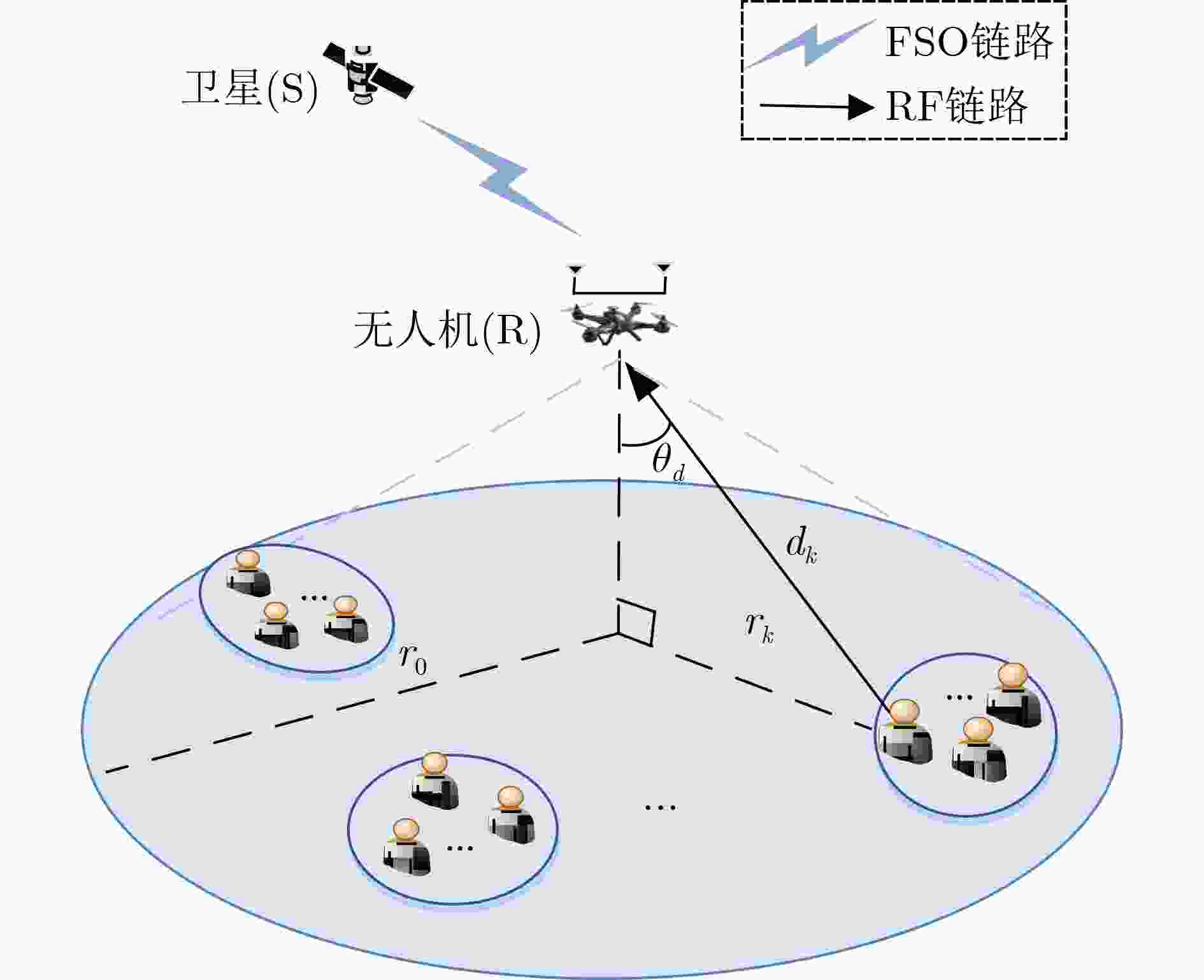
 下载:
下载:
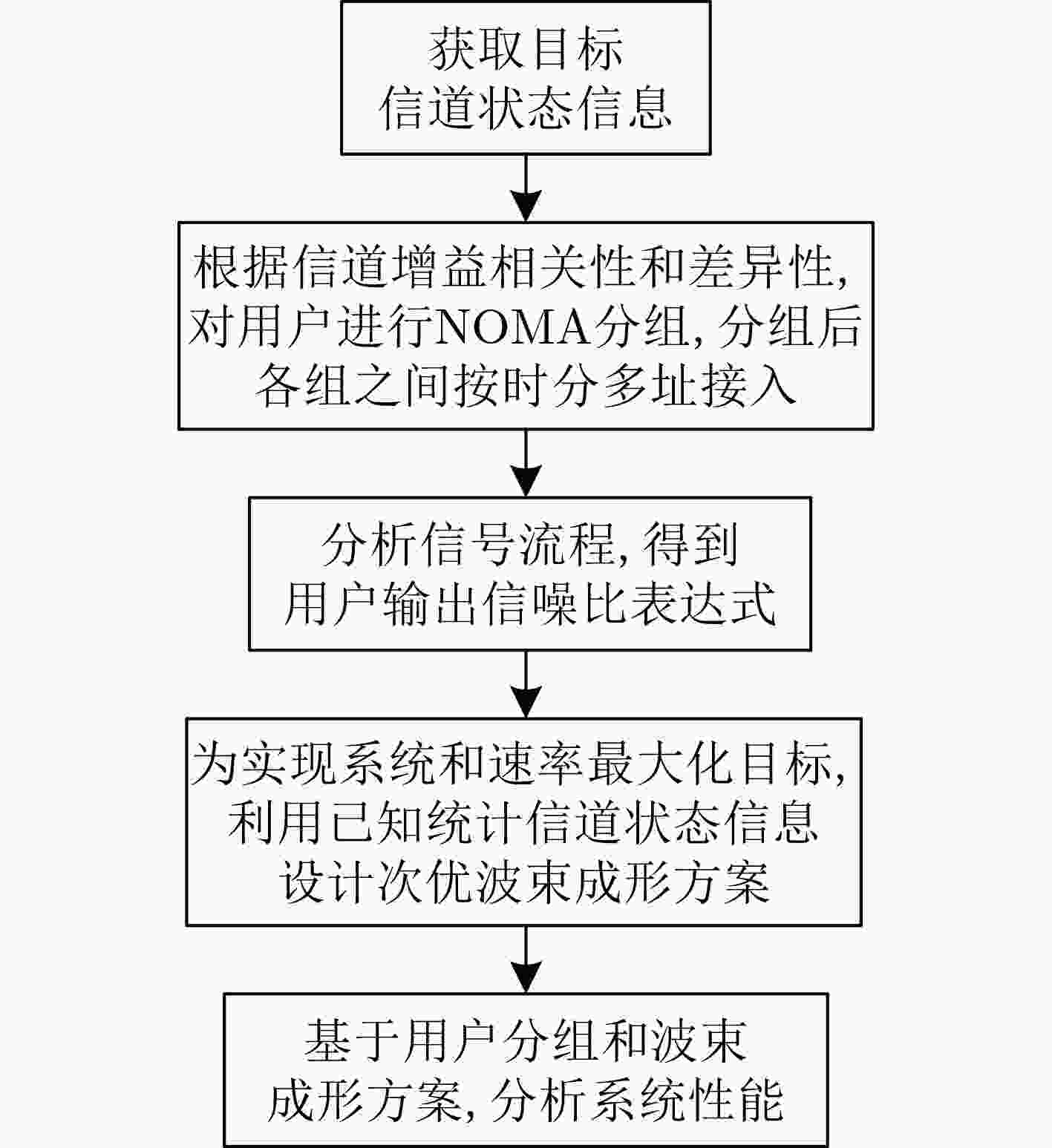
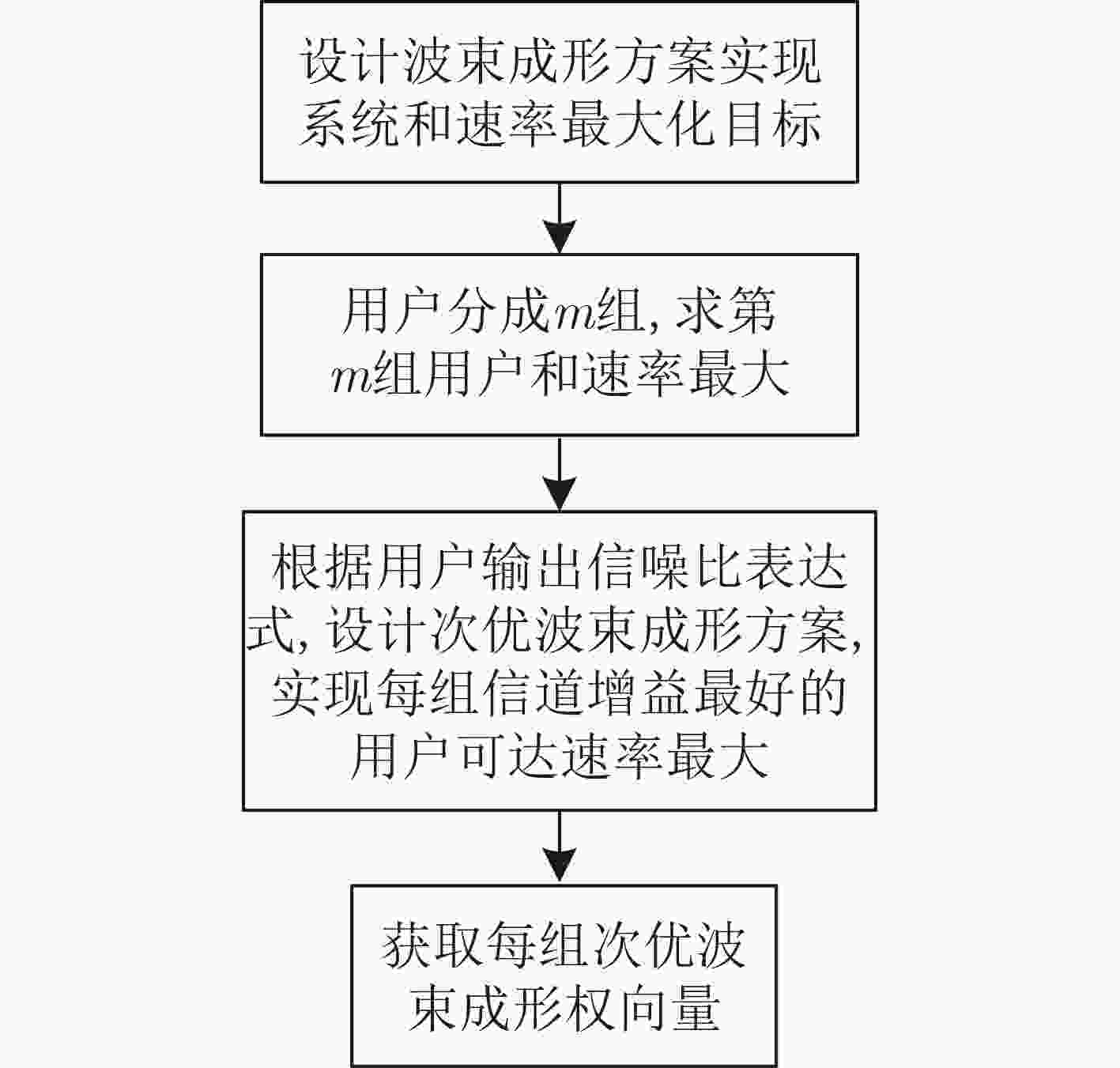
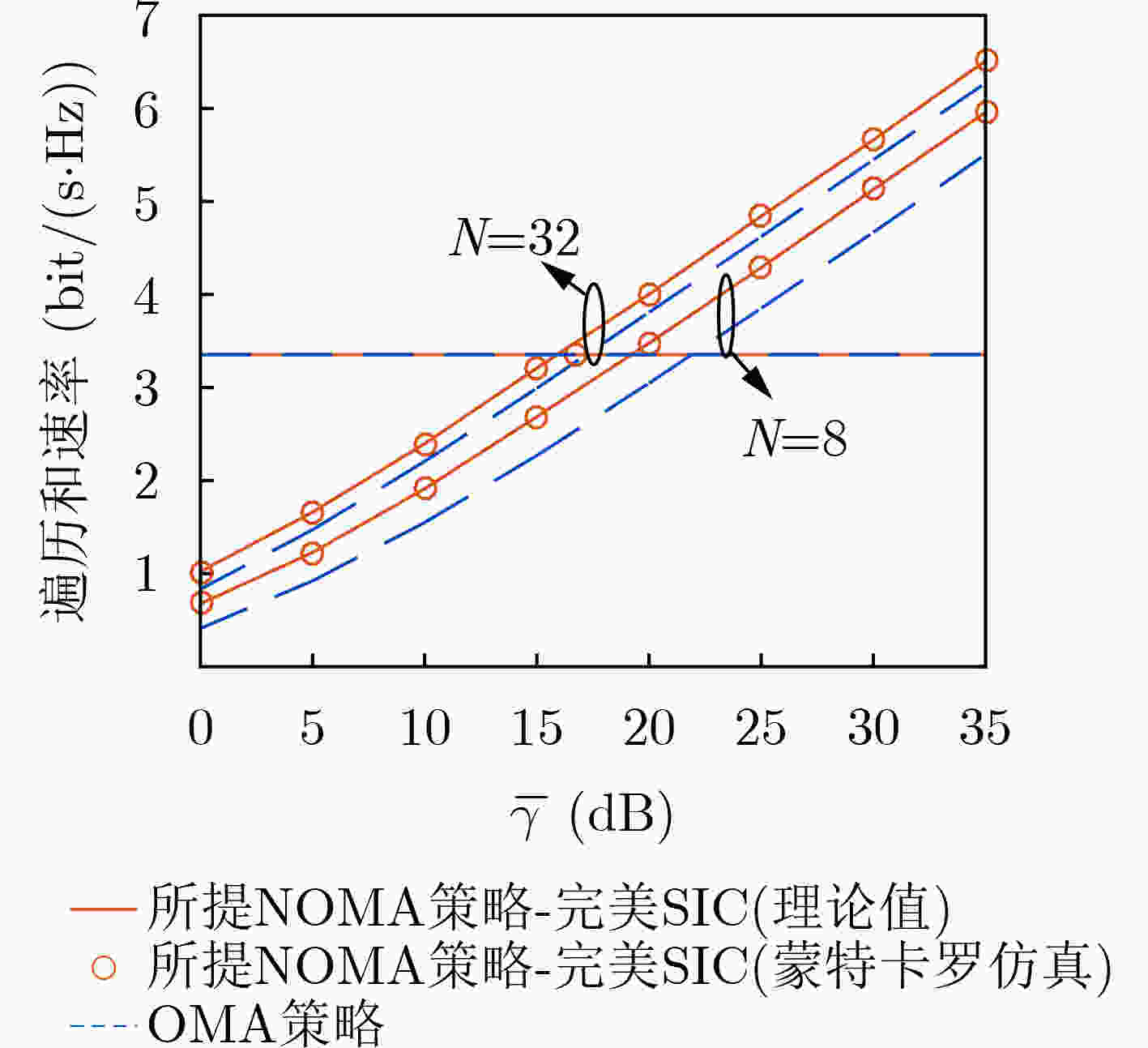

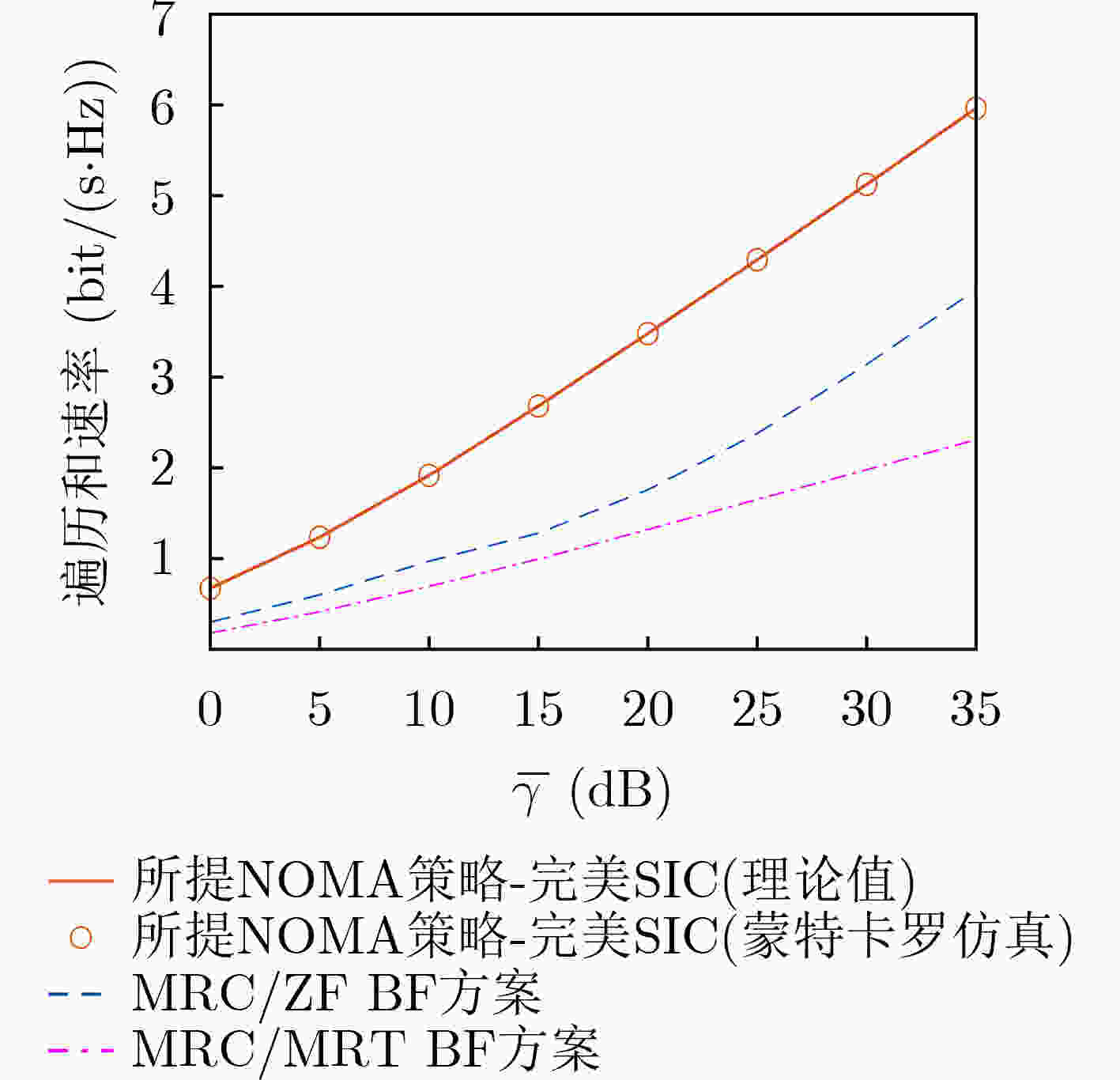


 下载:
下载:
